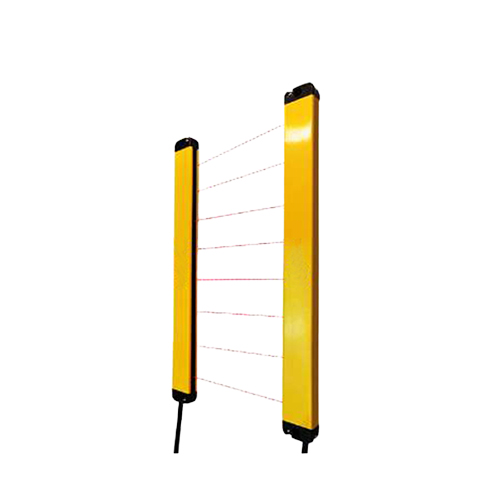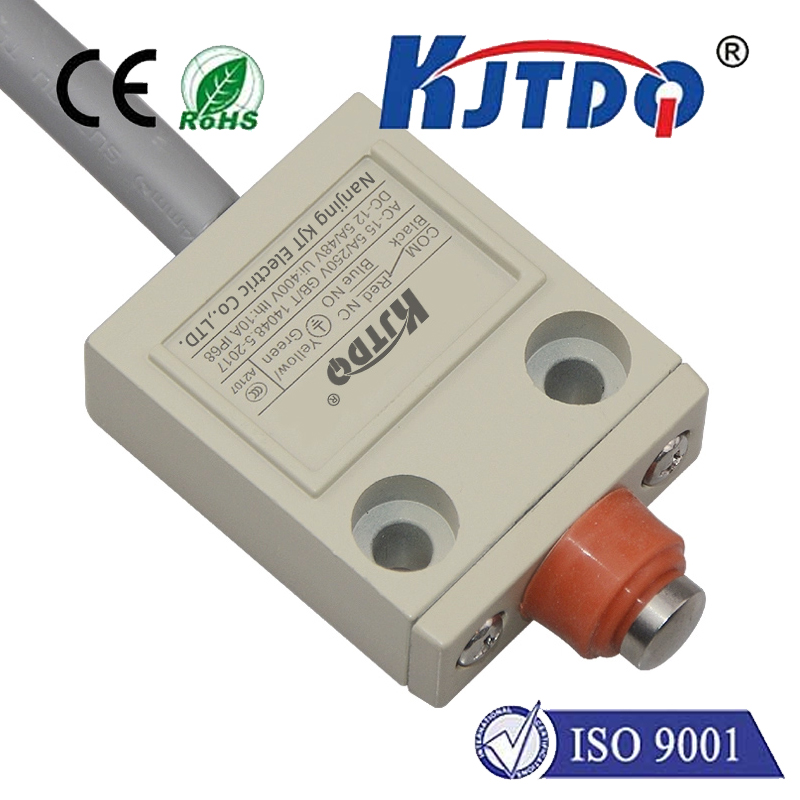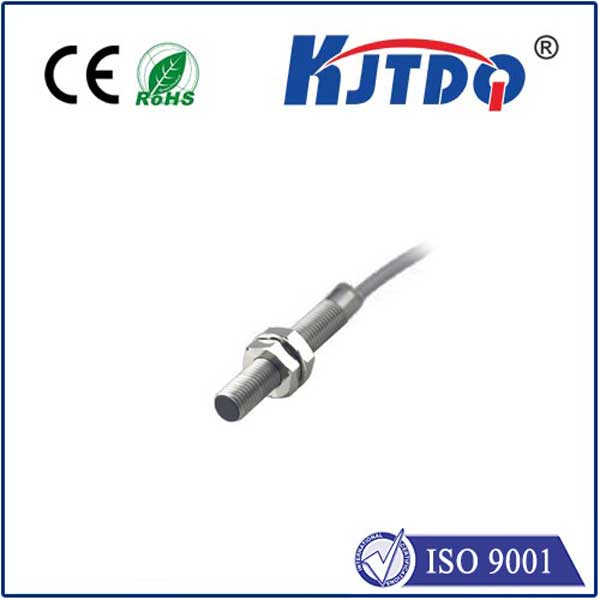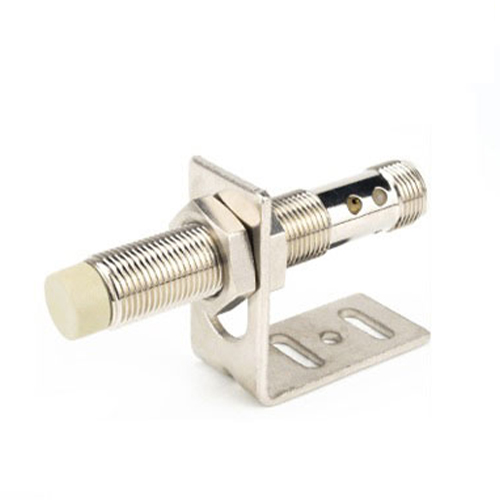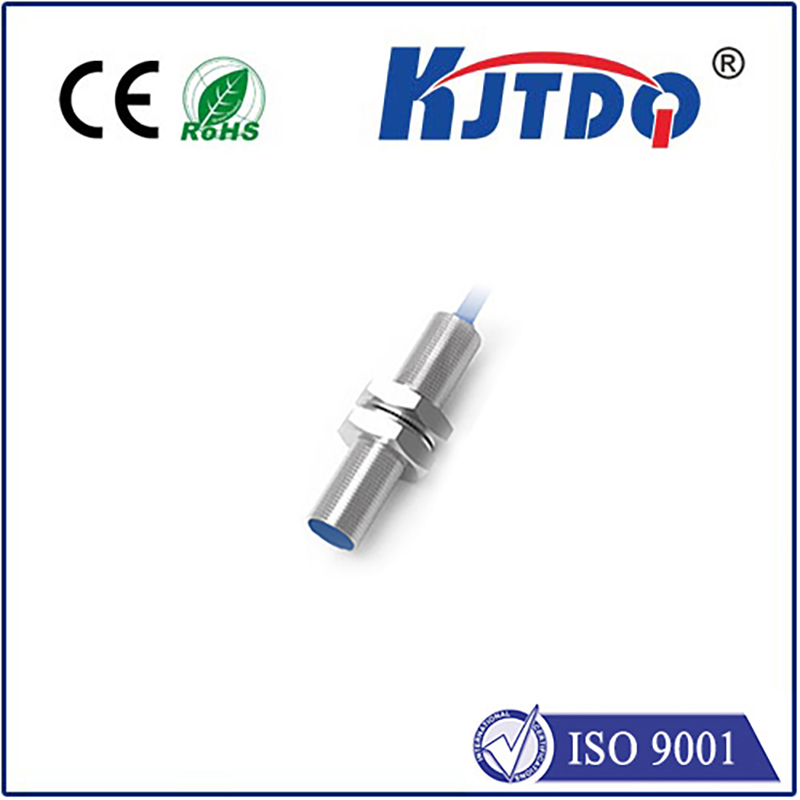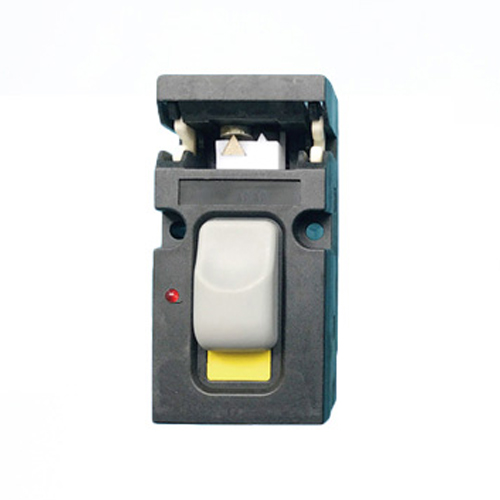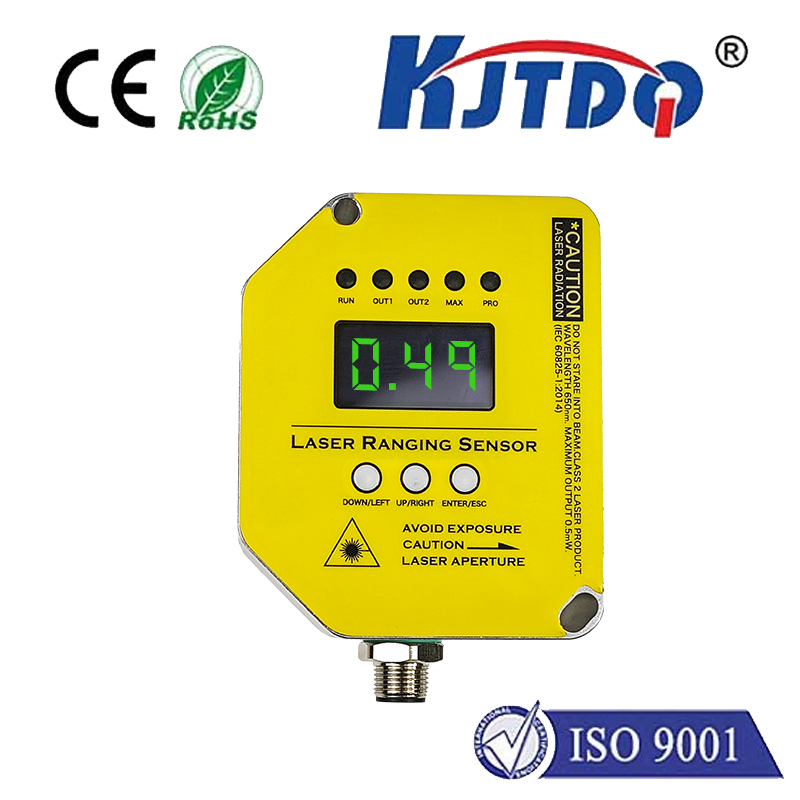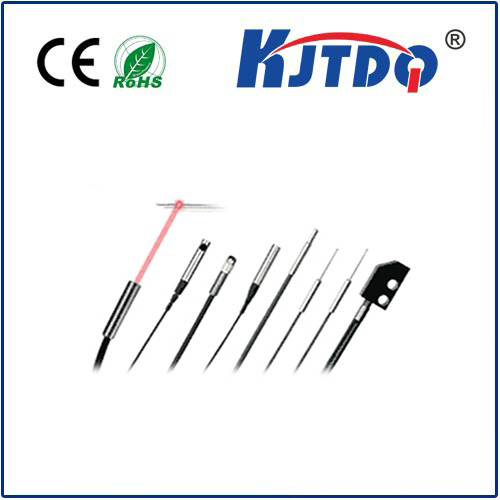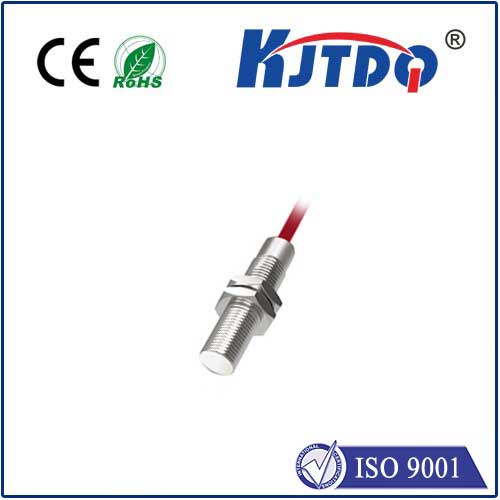proc sensor
- time:2025-07-19 08:29:26
- Click:0
Proc Sensors: The Unsung Heroes Optimizing Industrial Operations
Imagine a vat of molten steel silently overheating, a critical chemical reaction veering off-course, or a precision pharmaceutical batch contaminated – all scenarios with potentially catastrophic consequences. Now, imagine a network of vigilant, silent sentinels continuously monitoring these processes, detecting the subtlest deviations long before disaster strikes. These are process sensors (proc sensors) – the indispensable foundation of modern industrial efficiency, quality control, and safety. Far from mere components, proc sensors are the fundamental data-gatherers that translate the physical world into actionable intelligence for automated control systems.
Demystifying the Proc Sensor: More Than Just a Measurement Tool
At its core, a proc sensor (short for process sensor) is a device designed to detect, measure, and report specific physical or chemical properties within an industrial process stream or environment. This could be parameters like temperature, pressure, flow rate, level, pH, conductivity, humidity, vibration, or the presence of specific gases or chemicals. The critical role of proc sensors lies in their ability to provide real-time, accurate data about what is actually happening within a complex system. This data is the lifeblood of:
- Process Control: Enabling automated systems (PLCs, DCS) to make instantaneous adjustments to valves, pumps, heaters, and other actuators to maintain optimal operating conditions (setpoints).
- Quality Assurance: Ensuring products consistently meet stringent specifications by monitoring critical parameters throughout production.
- Safety Systems: Triggering alarms or emergency shutdowns (ESD) when readings exceed safe limits, preventing accidents, spills, or equipment damage.
- Operational Efficiency: Identifying bottlenecks, optimizing resource usage (energy, raw materials), and reducing waste.
- Predictive Maintenance: Detecting early signs of equipment wear or failure through trends in vibration, temperature, or other parameters, allowing maintenance before costly breakdowns occur.
The Vital Functions: How Proc Sensors Drive Real-World Results
The impact of a well-chosen and properly implemented proc sensor network is profound:
- Real-Time Monitoring & Control: This is the fundamental purpose. Continuous monitoring allows control systems to react proactively, not just reactively. For instance, a temperature sensor in a reactor ensures precise thermal control critical for chemical yield and safety, directly impacting product quality and operational cost. A flow sensor ensures the correct mixture of reactants, preventing costly rework or hazardous conditions.
- Enhanced Quality & Consistency: In industries like food & beverage, pharmaceuticals, or semiconductors, minute variations can ruin a batch. Proc sensors like pH meters, conductivity sensors, or optical sensors provide the continuous feedback needed to maintain parameters within incredibly tight tolerances, ensuring batch-to-batch uniformity and regulatory compliance. Consistency is king, and proc sensors are its enforcers.
- Predictive Maintenance & Downtime Reduction: Vibration sensors monitoring bearings, infrared sensors detecting overheating motors, or ultrasonic sensors finding leaks provide early warnings of impending failure. This shift from reactive “fix-it-when-it-breaks” to predictive maintenance saves immense costs in unplanned downtime, emergency repairs, and lost production. Data-driven maintenance is no longer a luxury; it’s a competitive necessity.
- Optimized Resource Utilization & Energy Efficiency: Precise flow measurement ensures no excess raw material is used. Accurate temperature control prevents energy waste from overheating. Level sensors prevent overfilling tanks, reducing spill risks and material loss. Proc sensors are key enablers of lean manufacturing and sustainability goals by identifying and eliminating waste at the source.
- Safety & Environmental Protection: Gas detectors safeguard personnel from toxic or explosive atmospheres. High-level sensors prevent dangerous tank overfills. Pressure relief sensors avert catastrophic vessel failures. Robust sensor networks form the first line of defense, providing critical data to safety instrumented systems (SIS), ensuring regulatory compliance and protecting people and the planet.
Choosing the Right Proc Sensor: Key Considerations
Selecting the optimal proc sensor isn’t a one-size-fits-all task. Critical factors include:
- Parameter & Range: Precisely what needs to be measured (e.g., temperature, pressure differential, dissolved oxygen) and over what minimum and maximum range?
- Process Environment: What are the conditions? Extreme temperatures? High pressure? Corrosive chemicals? Abrasive slurries? Explosive atmospheres (requiring intrinsically safe sensors)? Vibration? The sensor must withstand the environment to provide reliable data.
- Required Accuracy & Repeatability: How precise does the measurement need to be? Is consistency (repeatability) more critical than absolute accuracy?
- Response Time: How quickly must the sensor detect and report a change? Critical for fast-moving processes or safety shutdowns.
- Output Signal & Compatibility: What signal does the sensor provide (e.g., 4-20mA, 0-10V, digital protocols like HART, Foundation Fieldbus, Profibus, Modbus)? It must integrate seamlessly with the existing control system architecture. Interoperability is crucial.
- Installation & Maintenance: How easy is it to install, calibrate, and maintain? Accessibility can significantly impact long-term reliability and cost of ownership.
- Total Cost of Ownership (TCO): Consider not just the purchase price, but installation, calibration, maintenance, potential downtime costs, and lifespan.
Beyond the Basics: The Evolving Landscape
The world of proc sensors is constantly advancing. Smart sensors incorporate microprocessors, enabling on-board diagnostics, self-calibration, and more sophisticated data processing before transmission. Wireless sensor networks simplify installation in hard-to-reach areas and reduce cabling costs, becoming increasingly robust. Sensor fusion – combining data from multiple sensor types – provides a richer, more comprehensive understanding of complex processes. Furthermore, cybersecurity for networked sensors is now a paramount concern in protecting critical infrastructure.
Conclusion
Proc sensors are far more than simple measurement devices; they are the indispensable sensory organs of modern industry. From ensuring the perfect consistency of your morning coffee to guaranteeing the purity of life-saving pharmaceuticals and preventing industrial disasters, these silent sentinels work tirelessly behind the scenes. Investing in the right proc sensor technology, integrating it effectively, and maintaining it properly is not an operational expense – it’s a strategic investment in efficiency, quality, safety, and long-term profitability. In the relentless pursuit of operational excellence, proc sensors are the unseen foundation upon which success is built.





